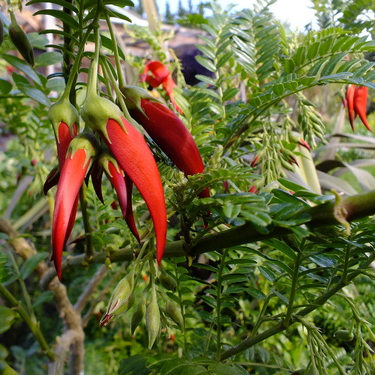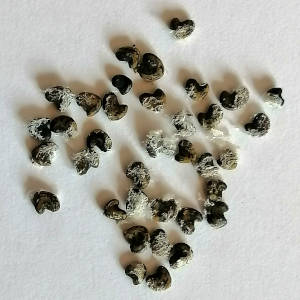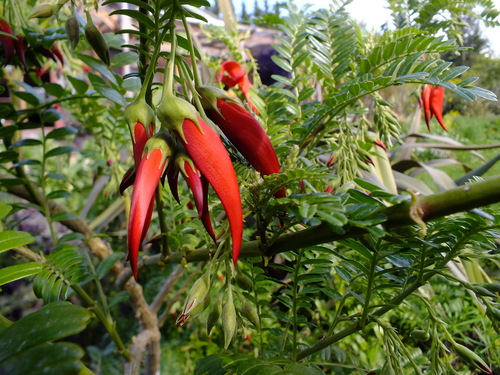Kakabeak seeds

Common name
Clianthus
Botanical name
Clianthus
Details
Seeds collected from assorted red and pink flowering shrubs in the blockhill gardens. Seed can contain some white fluff, the dried pulp from the seed casing, this is NOT mould or fungus.
Drought tolerance
Frost sensitive
Nitrogen fixer
Perennial
Propagate
November
January
December
October
Price
$4.40
20 seeds

